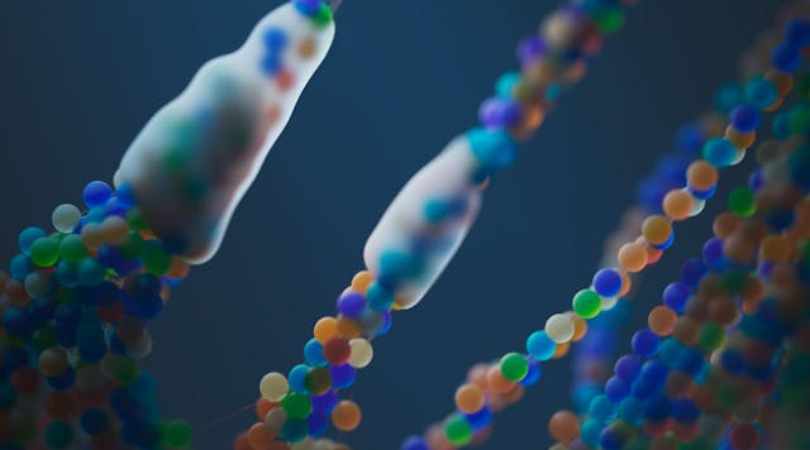Scientists have successfully restored the lost uricase enzyme, a key breakthrough in combating fructose-induced fat formation. This discovery offers new hope for preventing obesity and metabolic disorders by targeting how the body processes sugar and stores fat.
Limited Quantities Available! Order Today and Enjoy Free Shipping on Orders Over $100!
Metabolic Flexibility
The body's ability to switch between burning fat and glucose—often impaired by fructose-driven mitochondrial dysfunction.
Reclaim Your Metabolic Range
Metabolic flexibility is your body’s ability to switch between burning carbs and fat—but fructose metabolism can quietly block that switch.
When fructose is metabolized, it depletes cellular energy and generates uric acid, which can impair mitochondria—the engines that fuel metabolic flexibility. Over time, this forces your body into a rigid, inefficient energy state, where fat burning becomes sluggish and carb use leads to crashes.
SugarShield supports your return to metabolic flexibility by addressing the stressors that lock your metabolism in place. By helping manage the effects of fructose at the cellular level, it restores your body’s natural ability to adapt, respond, and thrive.
What is Metabolic Flexibility?
Metabolic flexibility is the capacity of the body to efficiently switch between fuel sources—burning glucose when fed, and fat when fasting or exercising.
Why It's Important
Flexible metabolism supports:
- Steady energy
- Reduced cravings
- Better fat burning
- Healthy insulin sensitivity
Loss of flexibility is a hallmark of metabolic syndrome.
Fructose and Rigidity
Excess fructose metabolism disrupts this adaptability by:
- Damaging mitochondria, reducing fat oxidation
- Promoting fat storage instead of fat burning
- Blunting the benefits of fasting and exercise
This traps people in a ""sugar-burner"" state—needing carbs to function.
Rebuilding Flexibility
At LIV3, we believe metabolic recovery requires blocking the source of rigidity—fructose metabolism. SugarShield helps restore mitochondrial function, AMPK activation, and the ability to burn fat naturally again."






